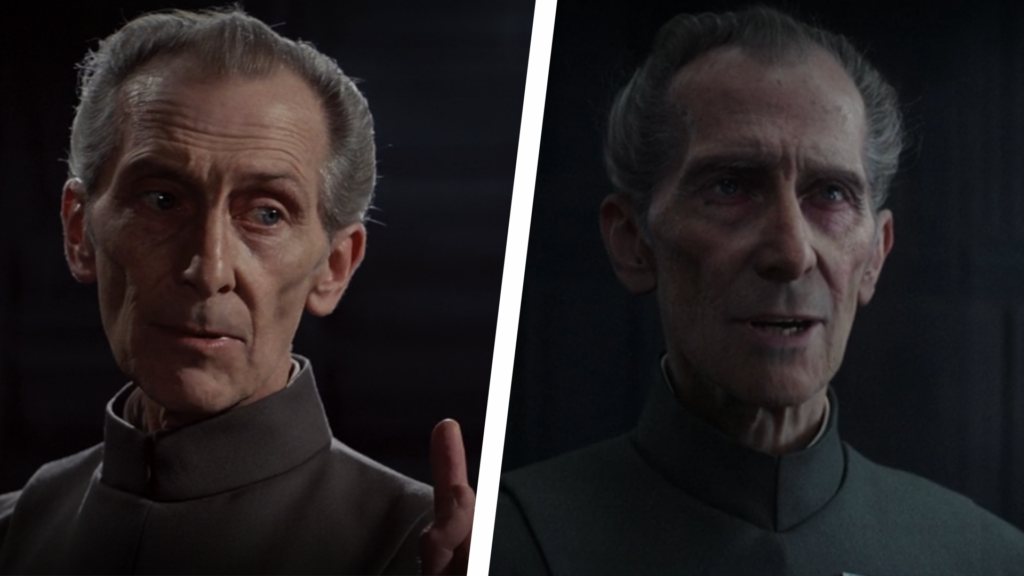Artificial intelligence is becoming increasingly popular and easy to use. Because of this, there is little doubt that fraudsters are using sophisticated tools like deepfake technology to steal massive amounts of money from their victims.
What is deep fake technology?
Deepfake technology is a type of artificial intelligence (AI) that is used to create manipulated videos or images, even in real-time, by superimposing one person’s face or voice onto another’s. This technology uses algorithms and machine learning to generate realistic content that can deceive viewers into believing that the fabricated content is real.
Phone apps like Snapchat, Instagram, and FaceApp all use a type of deepfake technology in the form of filters designed to change a person’s appearance to various degrees. More advanced deepfakes can create incredibly realistic recreations of real people, like Tom Cruise or Robin Williams.
You can watch a brief video from visual effects expert Chris Ume below as he shows behind the scenes of his #DeepTomCruise videos.
In film and television, deepfake technology is used for a growing range of purposes, from de-aging actors like Robert De Niro in The Irishman to recreating deceased actors like Peter Cushing (1913 – 1994) in Rogue One: A Star Wars Story.

Left - The Real Peter Cushing in Star Wars (1977) – LUCASFILM // Right - A deepfake recreation of Peter Cushing in Rogue One: A Star Wars Story (2016) - LUCASFILM

Left - Robert De Niro in Joker (2019) - WARNER BROTHERS // Right - De-aged Robert De Niro in The Irishman (2019) - NETFLIX
In the hands of criminals, this technology can be used to create incredibly realistic-looking videos even without the enormous level of funding that a movie studio enjoys.
How do fraudsters scam their targets?
While deepfake scams use modern technology, similar scams have been around throughout human history. One person or group pretends to be another in order to steal money. At CEL Solicitors we support scam victims on a daily basis and see first-hand the devastation that fraudsters cause.
We typically find that scammers initially contact their targets either through social media, through fake adverts online, or through cold calling. In the case of deepfake scams, it is most likely that fraudsters will reach out via social media or online dating apps pretending to be somebody they are not. This is often known as catfishing.
These catfishes may impersonate a real person, an invented persona, or a celebrity in order to gain the trust of their victim.
How to spot a deepfake scam
Deepfake scams are similar to other types of scams in that they rely on the fraudster being able to convince their target that they are genuine, and to part with money. These cons are often incredibly complicated, take place over weeks if not months and years, and are very believable. There is no shame in seeking help if you have been the victim of a scam.
Typical advice to catch scammers out is to make sure you see their face either in person or via video call to ensure that they are real and look as they claim. In the case of scams using deepfake technology, this is naturally much more difficult.
If you do find yourself communicating with a person online and suspect that they are using AI to mask their face, look for glitches in the video, for inconsistencies in their appearance. Perhaps their nose or ears look out of place when they move their head, or when something moves between their face and the camera as if the software is having difficulty tracking them.
Is it illegal to use a deepfake?
While it isn’t a crime to create a deepfake, the way in which the deepfake is used may be criminal.
Any activity which would ordinarily be considered illegal remains so, including using deepfake technology to defraud an individual or company. However there is no legislation against using a person’s likeness.
This is likely to change in the near future however, as creating a pornographic or explicit deepfake of a real person without consent will soon become illegal under the Online Safety Bill.
Even if used legally, whether deepfake technology is ethical or not is also debatable, particularly in relation to impersonating another person without consent, even for fun or satirical means.













